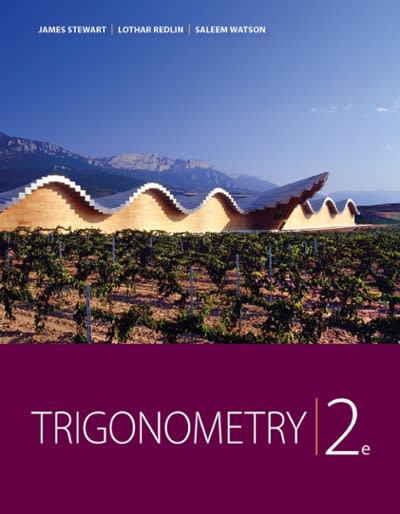Question
For questions 13-18, refer to the following information: Vaccine hesitancy continues to be a growing problem. Viswanath et al. (2021) conducted a study to examine
For questions 13-18, refer to the following information: Vaccine hesitancy continues to be a growing problem. Viswanath et al. (2021) conducted a study to examine the individual, communication, and social determinants associated with COVID-19 vaccine uptake, including race/ethnicity, risk perceptions, exposure to different media for COVID-19 news, party identification, and confidence in scientists. Among the 992 people in the study sample, 42.2% had hardly any confidence in scientists (group 1), whereas 57.8% had a great deal of confidence in scientists (group 2). In group 1, 216 said they would get the vaccine, whereas 464 in group 2 said they would get the vaccine. Using a 0.05 significance level, you need to test the claim that the proportion of people who would get the vaccine is lower among those who had hardly any confidence in scientists than those who had a great deal of confidence in scientists. To do so, answer each of the following questions.
- What proportion of people who had a great deal of confidence in scientists would not get the vaccine? (0.5 points)
- 0.19
- 0.48
- 0.52
- 0.69
- 0.81
- What is the null hypothesis H0? (1 point)
Step by Step Solution
There are 3 Steps involved in it
Step: 1

Get Instant Access to Expert-Tailored Solutions
See step-by-step solutions with expert insights and AI powered tools for academic success
Step: 2

Step: 3

Ace Your Homework with AI
Get the answers you need in no time with our AI-driven, step-by-step assistance
Get Started


















